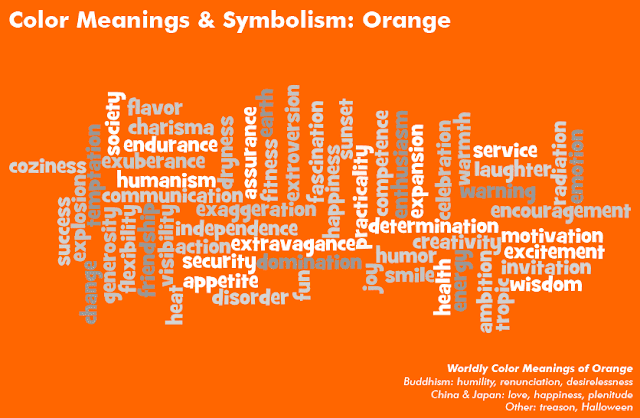There are various printing types, and each print is used for a specific purpose. If one were to use any type of printing on a product, they would most probably be disappointed in the final result as what one sees on screen it is not always what one gets.
The main reason why we don't always get the desired result when we print is because the human eye is capable to detect millions of colours, but the computer monitor is only able to display selected colours.
The CMYK colour model is used in offset printing, which uses individual plates for each colour; cyan, magenta, yellow and black. The four plates are aligned with great precision to create the final product.
The pantone colour model can also be used, so that the product would be the same colour universally. For example the HSBC logo has the same red world wide, these generally follow the brand guidelines in order to be the same.
Offset Printing
Offset printing is one of the mist common type of printing, it can either be sheet-fed or be web offsets.The difference between the two is that sheet-fed is fed individual paper, whereas web offsets have a continuous roll of paper, which is fed through the printing press.
In offset printing the design is transferred from a printing plate to a rubber blanket. The image is crated with use of water and oil, where there is the oil the image is supposed to be there,
Sheet-fed offset printing is generally used for small, medium or high works.
Gravure Printing Method
In this type of printing cylinders are used to produce the print, In order for the print to be made, one need a cylinder for every colour; cyan, magenta, yellow and black. Each cylinder is etched so that it can collect ink to be transferred on to paper. The gravure printing method has one of the highest quality of printing.
Flexo Printing Method
Flexography is generally used for the printing of packaging materials, it is used for corrugated containers, folding cartons, multi-wall sacks, plastic bags, milk and beverage cartons etc...
A typical flexo printing machine is similar to a Gravure printing machine as it uses cylinders for each colour.






















